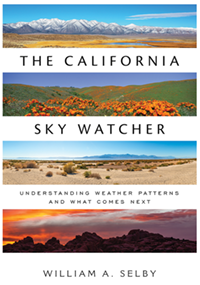
California’s portion of the Basin and Range province takes its name from a series of basins (valley-like depressions) and surrounding mountain peaks (ranges). The basins are actually not true valleys at all. Tectonic forces, not water, are the primary agents shaping this landscape. Another name for this juxtaposition of landscape features is horst and graben topography.
The Basin and Range province hugs California’s eastern border with Nevada. North of the Mojave, the region resembles an isosceles triangle pointing north. The Basin and Range is unique among The Golden State’s physiographic regions in that it has two discontinuous exclaves a couple hundred miles farther north. Around Susanville and again in the extreme northeastern portion of the state, the Basin and Range province makes an appearance. This is because the Basin and Range is actually a much larger feature that extends across almost the whole of Nevada and east into Utah as well.


